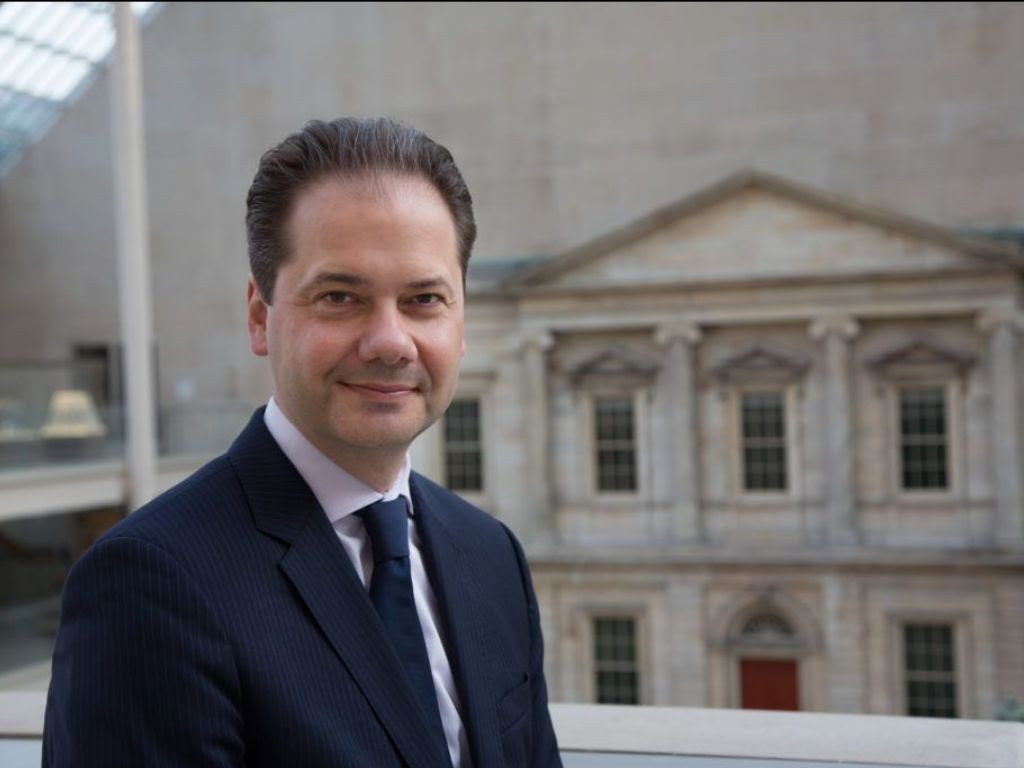How Collectors Shape Contemporary Art History

Private collections are often the backbone of major institutions
It’s no mystery that many of our museum experiences are led by visionary collectors who have either made significant donations or opened new museums to exhibit their extensive art collections.
Take the Whitney, for example, which was established to house Gertrude Vanderbilt Whitney’s collection of American Art, the Solomon R. Guggenheim Museum in New York, or the Menil Collection in Houston—these museums were specifically founded to house and exhibit works from private art collections.
This trend is currently on the rise, too, where 125 private museums have been opened since 2006.
If you’re a collector, you might be thinking about ways to preserve your collection and share the pieces that you find significant with others in the future. Keep the following art professionals in your network, and your collection can make a lasting impression.
Art collectors often shape contemporary art history because of their unique decisions and thoughtful connections with other art enthusiasts and market players.
To understand the full impact collectors have on contemporary art history, we have to also see how the collector is established among the following network of art professionals.
Artists create the goods
From the blood, sweat, tears, and talent of this passionate community comes the work worth preserving and passing on. Artists are the stars here. They inspire, educate, and entertain audiences with their unique abilities and gripping perspectives on the world around them.
Collectors recognize the value that such vibrant artists bring to communities, and they are in a position to ignite interest for a particular artist’s oeuvre.
This investment helps artists continue their work, build their reputation, and allow them to evolve and create even more value.
Art historians connect people, methods, and materials along a timeline
Much of our understanding of historical artworks in museums come from art historians, who are responsible for knowing the larger social, cultural and political powers that influence art’s role in society.
Art historians undergo years of university training and research to understand art’s influence on people. They understand techniques, methods and materials to judge the quality of a painting and its historical significance. And, they validate an artwork’s value, ultimately influencing a work of art’s lifetime market value.
For collectors, art historians provide evidence and insight into a collection’s significance. Having a deeper understanding of historical influences on contemporary art will help collectors invest wisely, while it also contributes important questions and discussion among art historians and audiences.
Curators help reveal art’s deeper meaning and context
Curators help us interpret an art collection by organizing a selection of works, its venue and the context in which its grouping illustrates a certain concept. By doing so, they help audiences see artwork from different perspectives, working to spark new discussions about art and its meaning.
A curator can work with collectors to assemble thematic exhibitions. This relationship between a curator and collector is mutually beneficial—each discovering new artists and opening up new opportunities to engage the public.
Museums display art and ensure its legacy
With the personnel and expertise needed to accomplish their mission, museums set the standard for art history. Their programs influence ways the public can interact with art, and for collectors, provide opportunities to present their invested efforts to research, acquire, and care for artworks.
But, because museums follow strict standards, art professionals debate the advantages and disadvantages to acquiring or exhibiting selections from private collections.
Art critic Robert Storr argues, “Those works are hostage to that particular collector’s vanity, and the public can only see them under certain circumstances.” Because a collector has a certain passion or point of view for his or her collection, it can limit museum staff’s ability to maintain the museum’s responsibility. He asserts that curators need to “shuffle the decks regularly, rewrite art history on the walls, and make comparisons” that advance historical discourse.
On the other side, however, donations are often a museum’s primary source for acquiring significant pieces for its collection.
According to collector Evrim Oralkan:
“The public is exposed to more first-class art than ever, and collectors can maintain control of their artwork, challenge the status quo, create unique exhibitions and transform society.”
Corporate Collectors make art accessible to more people
In the 1960s, President John F. Kennedy and Wall Street giant David Rockefeller both recognized the value artists bring to communities, and they led movements to support artists and encourage collectors to invest in the community. As a result, more businesses started corporate art collections and sponsored large-scale museum exhibitions, making the arts more accessible to the public.
Now, corporate collectors place art in our common, everyday lives, promoting artists and styles through marketing channels and sponsorships. The relationship between museums and businesses is vital on a global scale.
Private Collectors observe trends in art and, at times, ignite a craze for it
Curator Laurence Kanter in an article by Isaac Kaplan states:
“It’s mostly the collectors—not museums—who revel in the intrinsic quality of objects and the personal experience of them … I think it’s one of the greatest experiences available to American audiences that in some museums around the country, you can share that.”
Art lovers—collectors among them—support an artist’s endeavor, trusting that the artist’s talents and intuition will bring something new to light. As past initiatives to fund the arts have proven, communities thrive when the arts are thriving.
Collectors who regularly engage with this art community, those who understand art’s intrinsic value, not only stimulate the art market, but also shape how contemporary art is experienced and remembered.
Does your collection’s value add up? Start with an efficient management tool that helps you see your investment grow—log in and start today.







